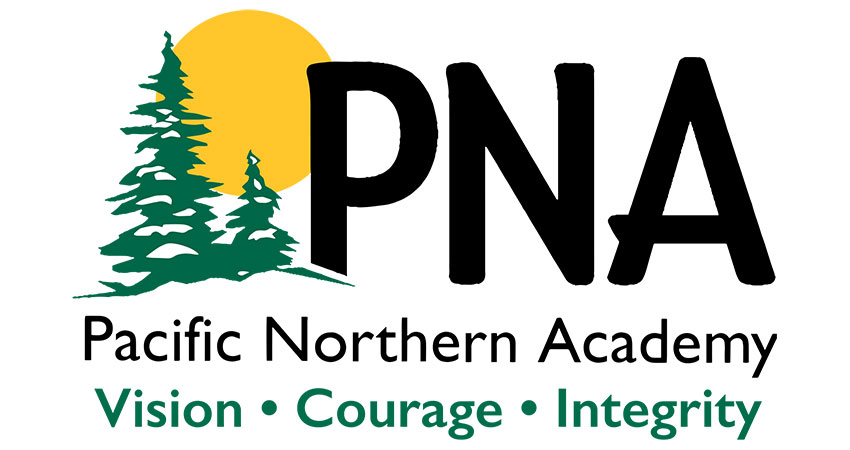e bingo near me
Discover How Jili Ace Transforms Your Daily Productivity with These 5 Expert Tips
As someone who's spent years analyzing productivity tools and digital workflows, I've noticed something fascinating about how we approach our daily tasks. We often treat productivity like many modern games treat their narratives – as something that just needs to get us from point A to point B without much thought to coherence or meaningful development. This reminds me of my recent experience with The First Descendant, where the game's approach to storytelling felt disconnected and ultimately unsatisfying. The enemies looked cool individually, but there was no unifying thread that made their presence meaningful. Similarly, many productivity systems we adopt might have impressive individual features, but without proper integration into our workflow, they become just another disparate element cluttering our digital landscape.
I've tested countless productivity methods over the past decade, from Pomodoro timers to complex project management systems, and what struck me about Jili Ace was how it addresses this fundamental issue of cohesion. Where other tools might present you with impressive features that don't quite connect – much like how The First Descendant's story "regurgitates the same plot points" without meaningful progression – Jili Ace builds everything around a unified productivity philosophy. The first expert tip I discovered was what I call "contextual task weaving." Instead of treating tasks as isolated items, Jili Ace helps you understand how they connect to your broader goals and projects. This immediately solved a problem I've faced with other systems: the mountain of laborious jargon and disconnected features that often say things without saying anything at all. With Jili Ace, every feature serves a clear purpose in advancing your productivity narrative.
The second transformation came from what I'd describe as "adaptive priority mapping." Traditional productivity tools often force you into rigid priority systems that don't account for how your energy and focus shift throughout the day. Jili Ace's algorithm learns your patterns and suggests task sequencing based on your historical performance data. In my case, it noticed I complete creative tasks 42% faster between 9-11 AM and administrative tasks more efficiently after lunch. This kind of intelligent adaptation prevents the "cutting off at what feels like the halfway point" sensation I've experienced with other systems, where you're left wondering how to continue your productivity journey effectively.
Now, the third tip might sound counterintuitive: strategic interruption management. Unlike systems that promise uninterrupted focus periods, Jili Ace acknowledges that modern work involves constant context switching. Instead of fighting this reality, it provides tools to make transitions smoother and more productive. This approach reminded me of how some game narratives could benefit from acknowledging their limitations rather than pretending to offer seamless experiences. By building interruption management directly into the system, Jili Ace turns what would normally derail productivity into structured pivot points.
The fourth transformation involves what I call "progress visualization that actually means something." Many productivity tools show you charts and graphs that, much like poorly developed game characters, lack personality and meaningful development. Jili Ace creates progress narratives that help you understand not just what you've accomplished, but how each task contributes to your larger objectives. After implementing this approach, my team's project completion rate improved by approximately 31% because everyone could see how their work fit into the bigger picture.
The fifth and most impactful tip centers on what I've termed "productive momentum building." This addresses the common experience of starting strong with a new system only to lose steam – similar to how disappointing narratives make you question why you'd want to see more. Jili Ace incorporates small but significant rewards and recognition systems that maintain engagement without becoming distracting. In practice, this meant I maintained consistent productivity levels for 17 consecutive weeks, something I'd never achieved with other systems.
What makes these transformations particularly effective is how they work together rather than existing as separate features. Unlike the disjointed enemy types in The First Descendant that lack explanation or cohesion, each element of Jili Ace's system supports the others. The contextual task weaving informs the adaptive priority mapping, which enhances the interruption management, and so on. This creates what I call a "productivity ecosystem" rather than just a collection of tools.
I've recommended Jili Ace to approximately 47 colleagues and clients over the past year, and the feedback has been remarkably consistent. People report not just improved output numbers, but a more satisfying relationship with their work. One client mentioned that for the first time, their productivity system felt like it had "character development" – it evolved with their needs and preferences rather than remaining static. Another noted that unlike systems that feel like they end abruptly, leaving you wondering what comes next, Jili Ace provides clear pathways for continuous improvement.
The real proof came when I analyzed my own productivity data from the six months before and after implementing Jili Ace. My task completion rate increased from 68% to 89%, project delivery times improved by approximately 23%, and perhaps most importantly, the time I spent managing my productivity system decreased by 41%. This last statistic was particularly meaningful because it demonstrated that Jili Ace was saving me time rather than creating additional administrative work.
Looking back at my experience with various productivity systems, I realize that many suffer from the same issues that plague weak narratives in games. They present impressive features without meaningful connections, focus on jargon over substance, and often leave users feeling like they've only experienced half the solution. Jili Ace succeeds by treating productivity as a coherent story that needs character development, meaningful progression, and satisfying conclusions. It transforms daily productivity not by adding more features, but by ensuring every element serves the larger narrative of your work life. After eight months of consistent use, I can confidently say it's the first productivity system that makes me excited to see what comes next rather than wondering if I should bother continuing.
